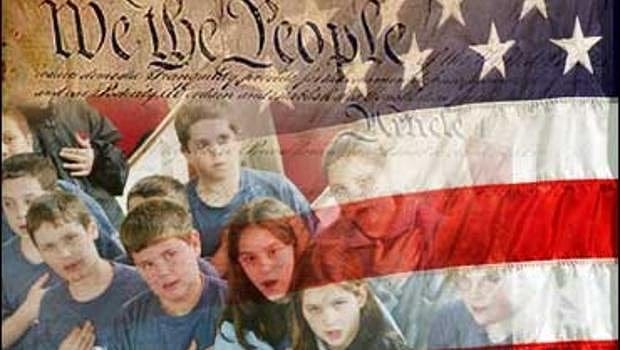Looking for Trumpism in all the Wrong Places

Let's play a little game.
I'm going to give you quotations from published statements that have appeared since President Donald Trump signed the travel-ban executive order on Friday, January 27.

Let's play a little game.
I'm going to give you quotations from published statements that have appeared since President Donald Trump signed the travel-ban executive order on Friday, January 27.
Looking back on this week, I am so proud to be a Bostonian — and to be your Mayor. On Friday, January 27, President Donald Trump made good on his divisive campaign rhetoric, and signed a series of executive orders that are designed to promote American isolation, intolerance and fear. Boston didn't sit back and accept these orders — our residents stood up against harming immigrants and refugees, and stood up for our values.
Forty-eight percent of Boston's children have at least one parent who was born outside the United States. I identify with those kids because I was one of them. My mother and father came to Boston from Ireland looking for opportunity. They found their American Dream, and I got to live mine by becoming mayor of the city that embraced us.